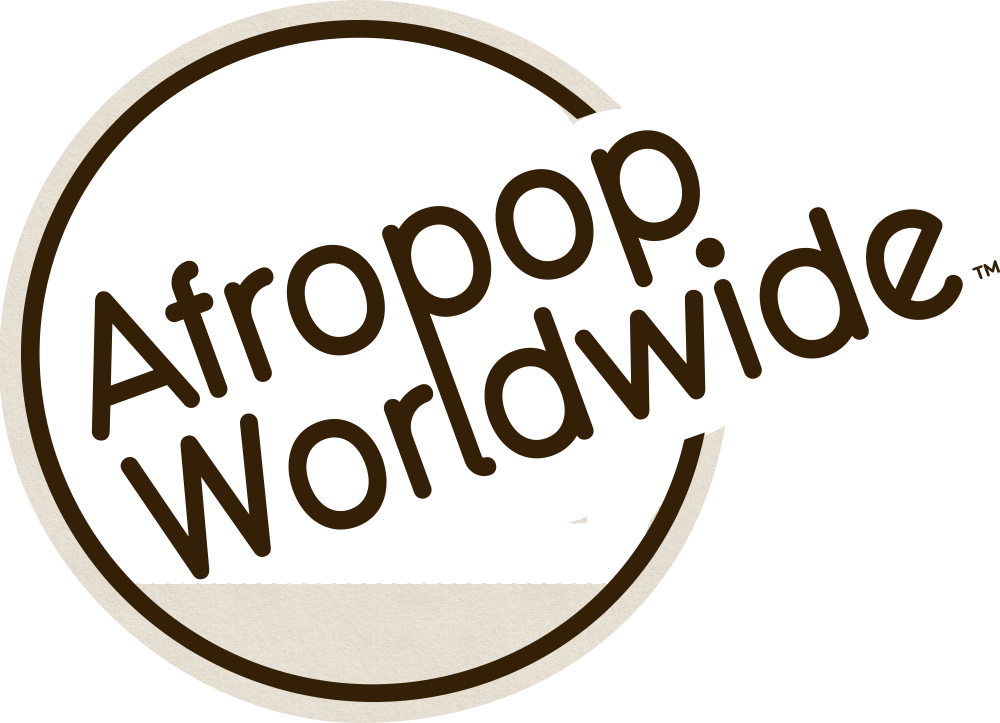
Flamenco as we know it was “born” in Spain in the mid-19th century. But for centuries before that, Roma (Gitanos, Gypsies) had been living in Spanish cities, often rubbing shoulders with the descendants of Africans (Moors), who had been there as both citizens and slaves going back to Medieval times and earlier. This overlooked pre-history of flamenco is explored in Miguel Angel Rosales’s groundbreaking film Gurumbé: Afro-Andalusian Memories. In this program, we meet Rosales, flamenco dancer and scholar Meira Goldberg, and dancer Yinka Esi Graves and learn to hear flamenco in a new way. We also meet maverick flamenco artist Raul Rodriguez, inventor and master of the tres flamenco. Rodriquez’s solo concert, sampled in this program, is a tour de force and an anthropology master class, all in one.
Produced by Banning Eyre.
Originally aired in 2018.
Related Articles










